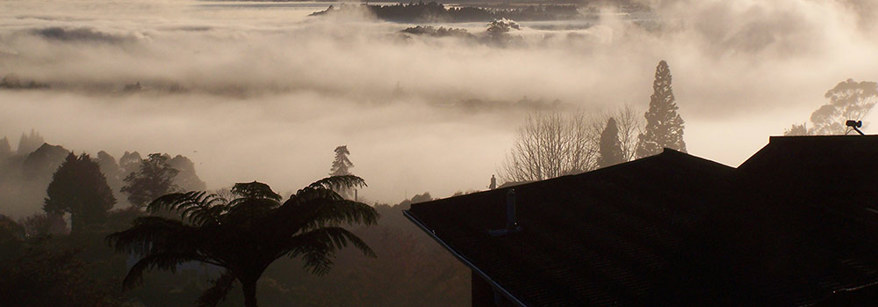We contract an independent provider to operate 11 air monitors in the industrial area where pollution is most concentrated. These monitors are running 24/7 and check for a range of pollutants like fine dust, hydrogen sulfide and sulphur dioxide. You can access this data online at anytime.
To assess air quality, we measure the concentration of specific air pollutants that have known health impacts, and compare these to:
- the National Environmental Standards for Air Quality
- the National Ambient Air Quality Guidelines
- our Regional Air Plan.
Since we expanded our network of monitors from 4 to 11 in November 2018, we have detected exceedances of the National Environmental Standards for Air Quality for the following pollutants.
| PM10 (allowed 1 exceedance per year) | S02 (allowed 9 x 350 µg/m3 exceedance per year) | |
| Year 1 (2018/19) | 7 | 3 |
| Year 2 (2019/20) | 19 | - |
| Year 3 (2020/21) | 4 | - |
| Year 4 (2021/22) | 10 | - |
| Year 5 (2022/23) | 3 | - |
| Year 6 (2023/24) | 3 | - |
| Year 7 (2024/25 up to 15 July 2024) | 0 | - |
Any exceedance of the National Environmental Standards for Air Quality is unacceptable, and all incidences are investigated. The nature of an investigation will depend on the pollutant, circumstances, and relevant national and regional rules. But it will likely include reviewing monitoring data, camera footage, weather conditions and meeting with potential polluters.
These extensive data sets enabled us to ask the Ministry for the Environment to designate the Mount Maunganui industrial area as a separate airshed. This tool is specific to fine dust and allows us to introduce specific rules to help address and manage the problem.
This also means a line is drawn in the sand and new resource consent applications for activities wanting to discharge fine dust as part of their activity must be declined. Because more than one exceedance was recorded for fine dust in the 12 months prior to our request being processed, the Mount Airshed was classified as ‘polluted’ when it was established on 28 November 2019.


